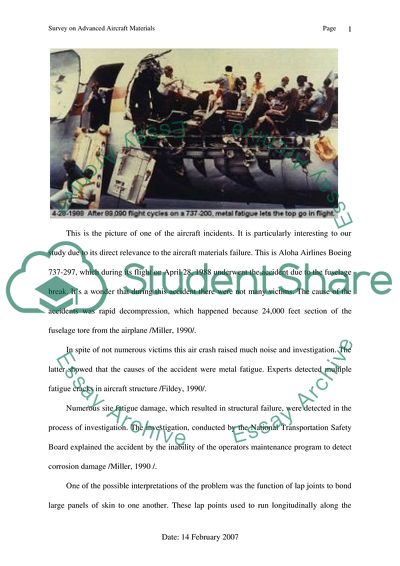Cite this document
(Survey on Advanced Aircraft Materials Literature review, n.d.)
Survey on Advanced Aircraft Materials Literature review. Retrieved from https://studentshare.org/engineering-and-construction/1539291-literature-survey-on-advanced-aircraft-materials
Survey on Advanced Aircraft Materials Literature review. Retrieved from https://studentshare.org/engineering-and-construction/1539291-literature-survey-on-advanced-aircraft-materials
(Survey on Advanced Aircraft Materials Literature Review)
Survey on Advanced Aircraft Materials Literature Review. https://studentshare.org/engineering-and-construction/1539291-literature-survey-on-advanced-aircraft-materials.
Survey on Advanced Aircraft Materials Literature Review. https://studentshare.org/engineering-and-construction/1539291-literature-survey-on-advanced-aircraft-materials.
“Survey on Advanced Aircraft Materials Literature Review”. https://studentshare.org/engineering-and-construction/1539291-literature-survey-on-advanced-aircraft-materials.


